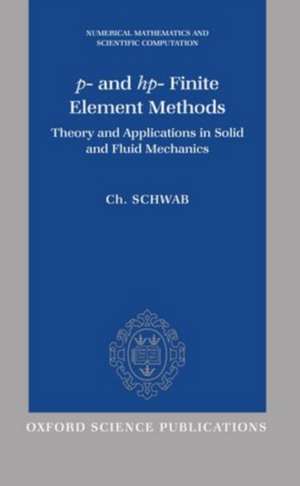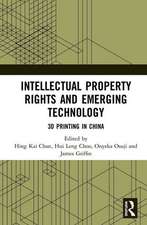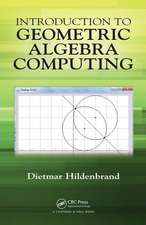p- and hp- Finite Element Methods: Theory and Applications in Solid and Fluid Mechanics: Numerical Mathematics and Scientific Computation
Autor C. Schwaben Limba Engleză Hardback – 15 oct 1998
Din seria Numerical Mathematics and Scientific Computation
- 26%
 Preț: 356.78 lei
Preț: 356.78 lei - 34%
 Preț: 627.29 lei
Preț: 627.29 lei - 14%
 Preț: 451.79 lei
Preț: 451.79 lei - 21%
 Preț: 332.99 lei
Preț: 332.99 lei - 34%
 Preț: 1014.80 lei
Preț: 1014.80 lei - 29%
 Preț: 1043.19 lei
Preț: 1043.19 lei - 39%
 Preț: 1275.65 lei
Preț: 1275.65 lei - 34%
 Preț: 1113.03 lei
Preț: 1113.03 lei - 34%
 Preț: 1273.53 lei
Preț: 1273.53 lei - 34%
 Preț: 1025.46 lei
Preț: 1025.46 lei - 34%
 Preț: 821.82 lei
Preț: 821.82 lei - 18%
 Preț: 827.68 lei
Preț: 827.68 lei - 34%
 Preț: 761.32 lei
Preț: 761.32 lei - 22%
 Preț: 452.37 lei
Preț: 452.37 lei - 31%
 Preț: 1068.87 lei
Preț: 1068.87 lei - 34%
 Preț: 860.44 lei
Preț: 860.44 lei - 36%
 Preț: 872.99 lei
Preț: 872.99 lei - 25%
 Preț: 1093.93 lei
Preț: 1093.93 lei - 31%
 Preț: 430.99 lei
Preț: 430.99 lei - 14%
 Preț: 437.06 lei
Preț: 437.06 lei - 30%
 Preț: 867.87 lei
Preț: 867.87 lei - 30%
 Preț: 819.35 lei
Preț: 819.35 lei - 34%
 Preț: 748.87 lei
Preț: 748.87 lei - 12%
 Preț: 427.14 lei
Preț: 427.14 lei - 12%
 Preț: 429.87 lei
Preț: 429.87 lei - 13%
 Preț: 648.82 lei
Preț: 648.82 lei
Preț: 999.37 lei
Preț vechi: 1643.54 lei
-39% Nou
Puncte Express: 1499
Preț estimativ în valută:
191.22€ • 200.19$ • 158.23£
191.22€ • 200.19$ • 158.23£
Carte tipărită la comandă
Livrare economică 27 martie-02 aprilie
Preluare comenzi: 021 569.72.76
Specificații
ISBN-13: 9780198503903
ISBN-10: 0198503903
Pagini: 386
Ilustrații: line figures
Dimensiuni: 160 x 241 x 25 mm
Greutate: 0.73 kg
Editura: OUP OXFORD
Colecția OUP Oxford
Seria Numerical Mathematics and Scientific Computation
Locul publicării:Oxford, United Kingdom
ISBN-10: 0198503903
Pagini: 386
Ilustrații: line figures
Dimensiuni: 160 x 241 x 25 mm
Greutate: 0.73 kg
Editura: OUP OXFORD
Colecția OUP Oxford
Seria Numerical Mathematics and Scientific Computation
Locul publicării:Oxford, United Kingdom
Recenzii
'Summarizing the book is the first theoretical book addressing the hp-version of the finite element method which is used today in practical computations. It is very well written and gives a very good review of the techniques and results in this relatively new direction in the FEM. It is highly recommended to anybody with mathematical interest for both learning and reference' ZAMM
























